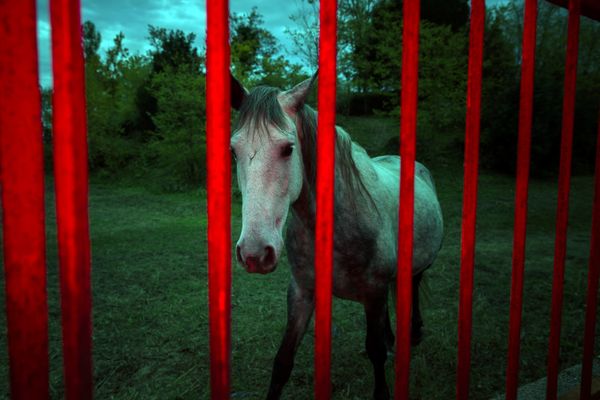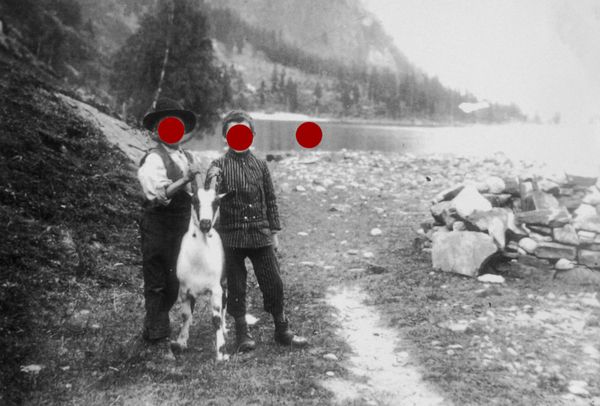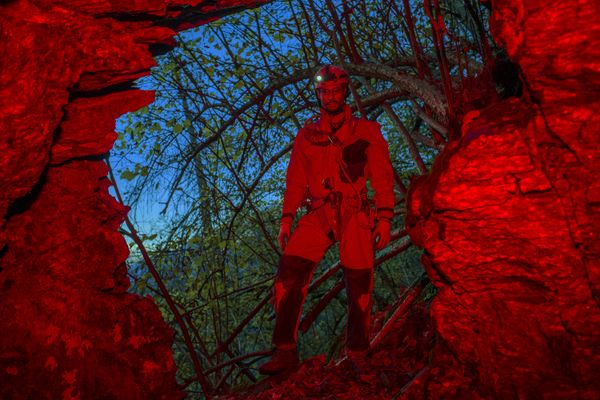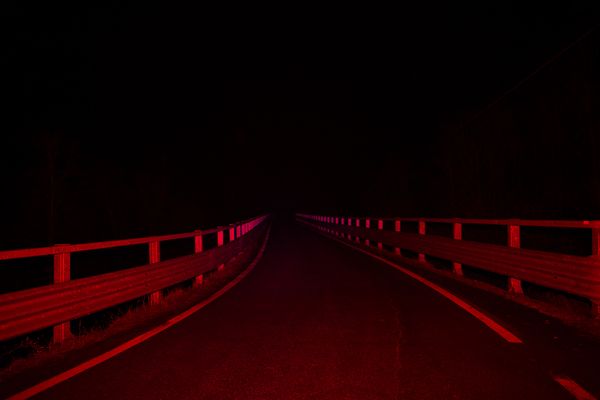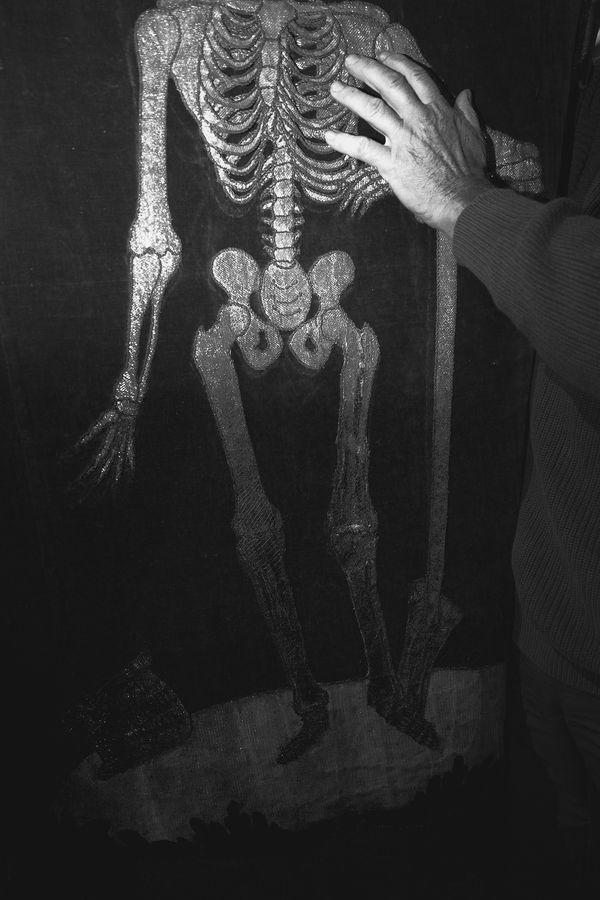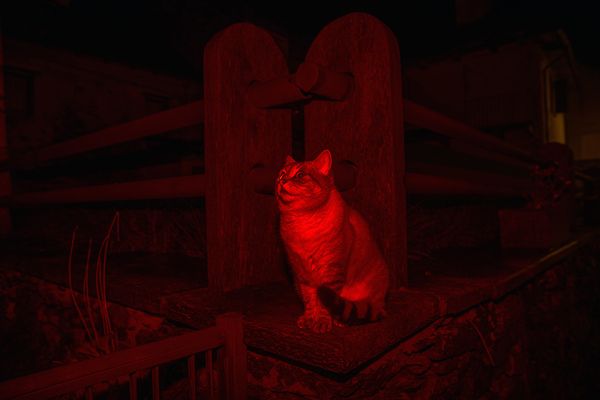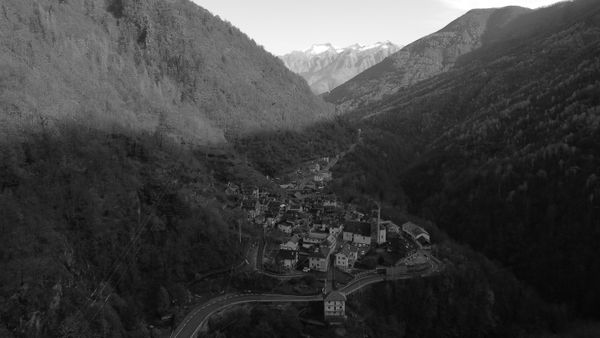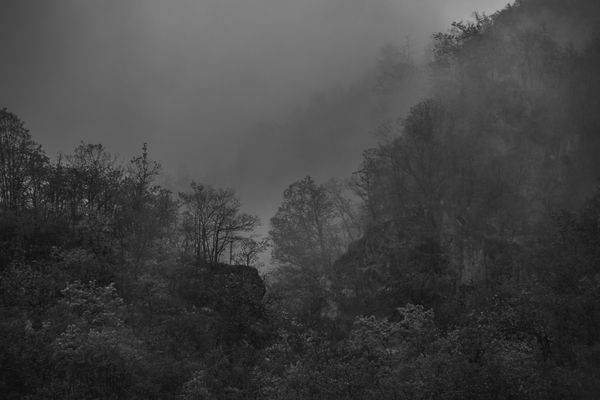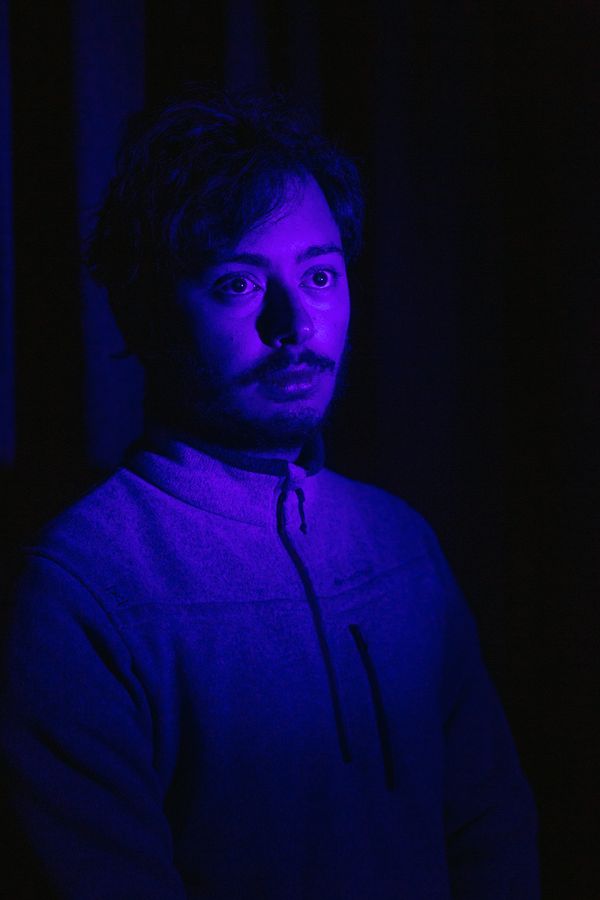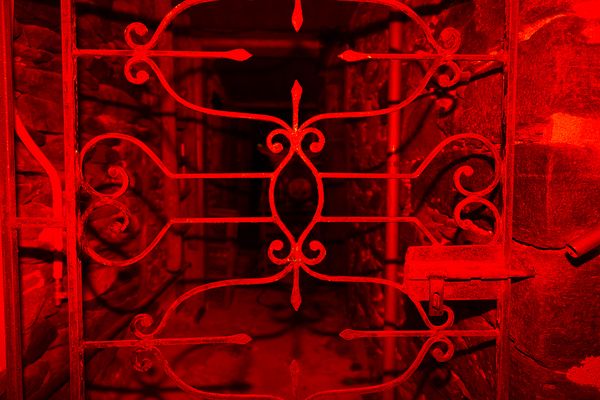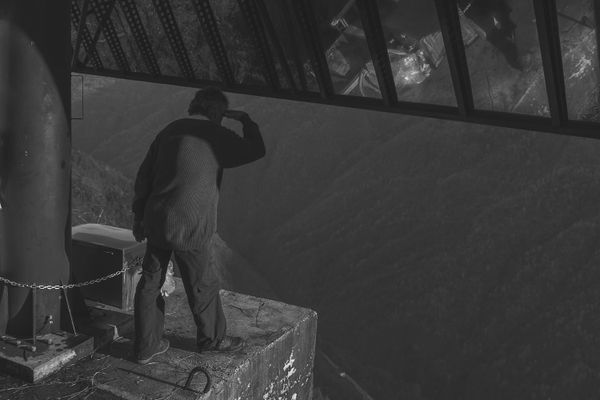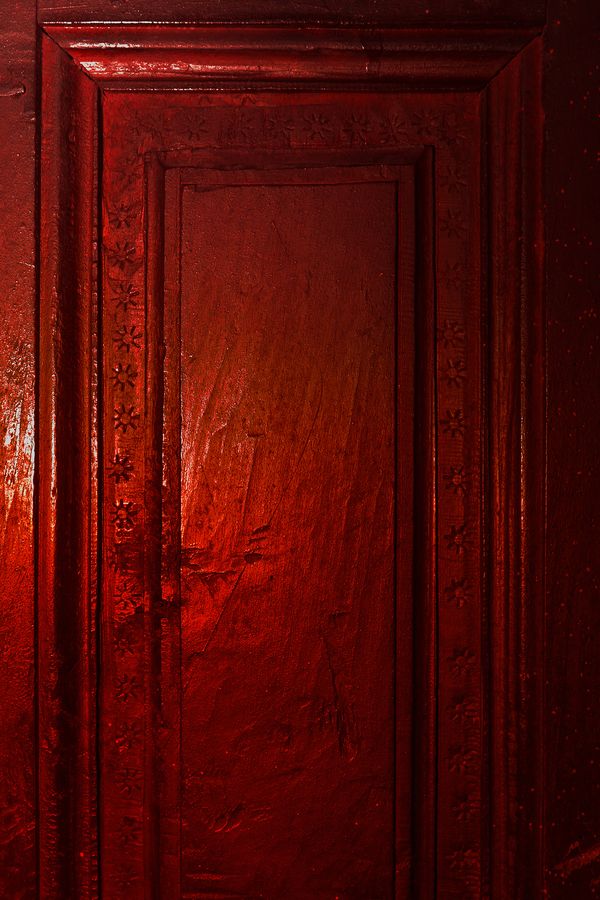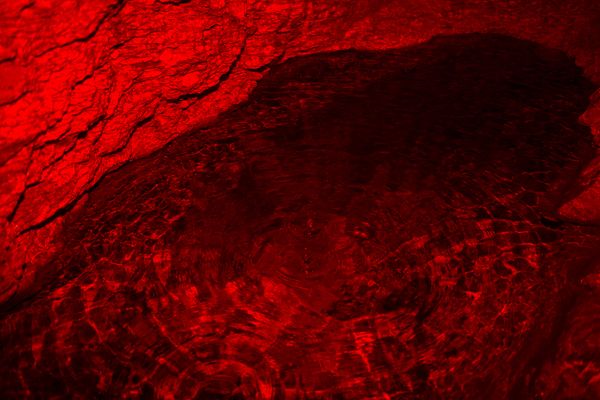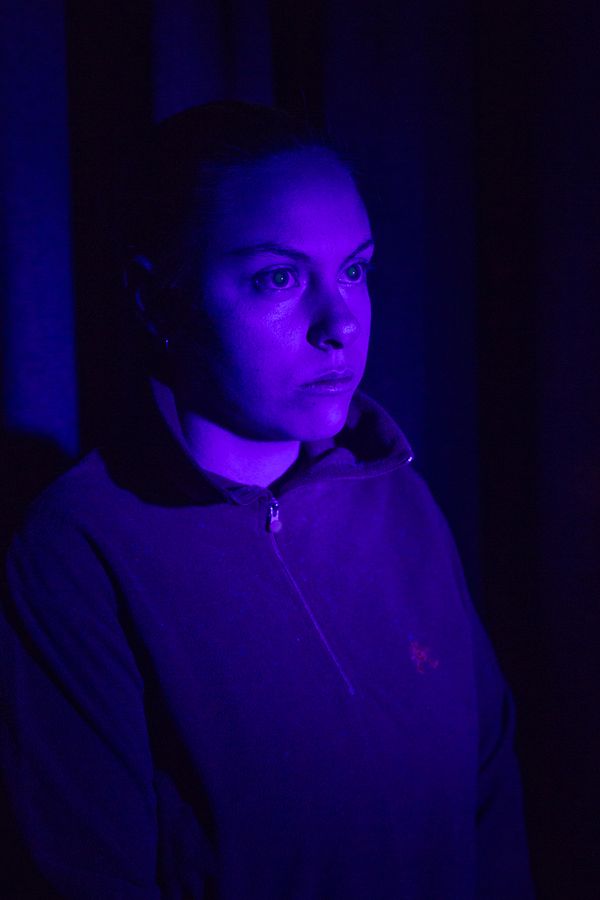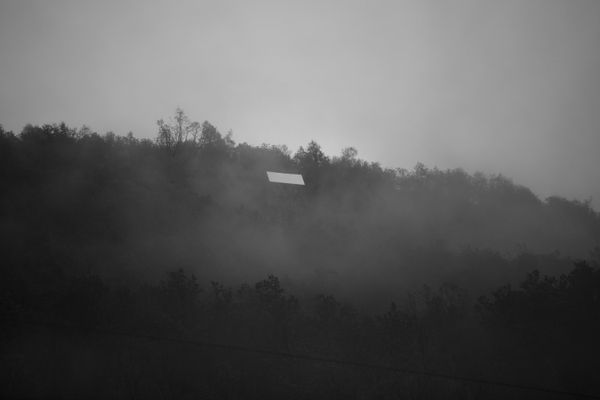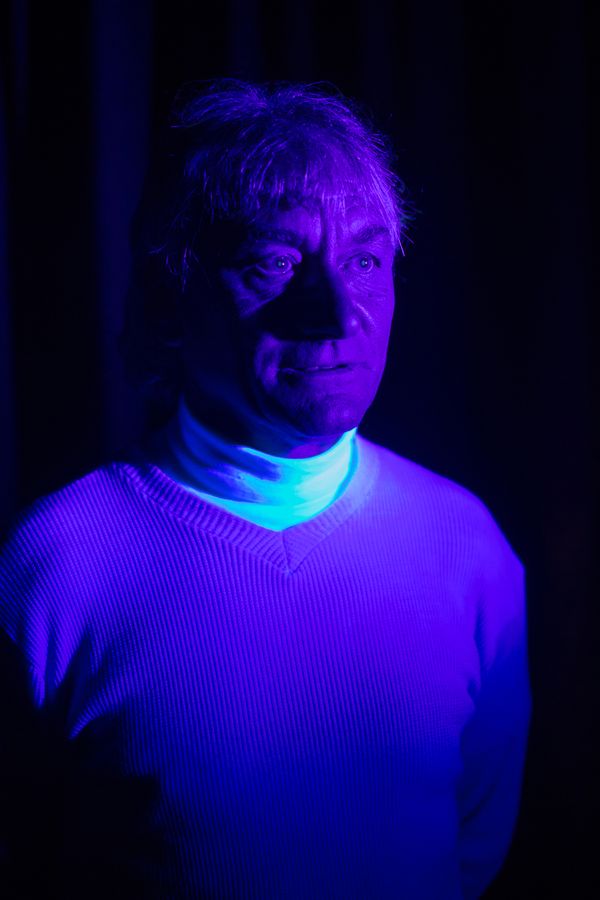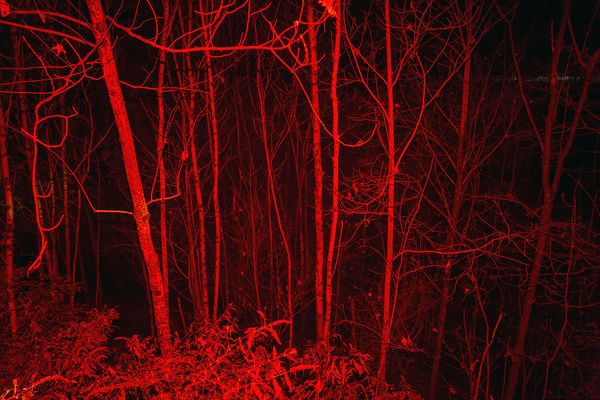How long is the night
-
Dates2021 - Ongoing
-
Author
- Location Italy, Italy
For 83 days the town of Viganella isn't illuminated by the sun, hidden behind the natural barrier formed by the valley, thus finding itself immersed in a constant shadow that changes colours and moods
The Antrona Valley (from the Latin antrum i.e. a deep, dark cave) is a territory which, for centuries, has been explored and excavated in search of gold and today boasts countless abandoned and forgotten mines.
Here lies Viganella, a town of about two hundred inhabitants which, between 11 November and 2 February, for 83 days, is not illuminated by the sun, hidden behind the natural barrier formed by the valley, thus finding itself immersed in a constant shadow that changes colours and moods.
The origins of the village in this position are lost in time, but it is assumed that it emerged around the year 1200 (the date of the oldest document that mentions the village and its community of miners and charcoal merchants), motivated by the exploitation of the local area.
The prolonged absence of the sun, as a reference but also a symbol of life and hope, provoked a visionary and poetic reaction: the installation of a large rotating mirror, on top of the mountain to the north, enabling the sun’s rays to be reflected onto the town.
For all the inhabitants, 11 November 2006 is “the day of light”, the magical moment in which the mirror, weighing 1100 kg, was inaugurated, installed uphill from the village at an altitude of 1050 metres, in the district of Scagiola, where on clear days the sun arrives and stays from 9 am to about 3 pm, giving the town square about six hours of reflected light.
This year, however, after 15 years of operation, the mirror did not work, due to problems which have yet to be cleared up, leaving the town in darkness.
Through photo archives, using portraits and landscapes, I have attempted to stratify my visual investigation into a place which, just like the photographic medium, suffers from the lack of light and, hence, the same need to make use of artificial lights. In addition to the desired and sought-after meeting with the inhabitants, in particular the creator of the Viganella mirror, Pier Franco Midali, and his wife, Paola Ghessi.
